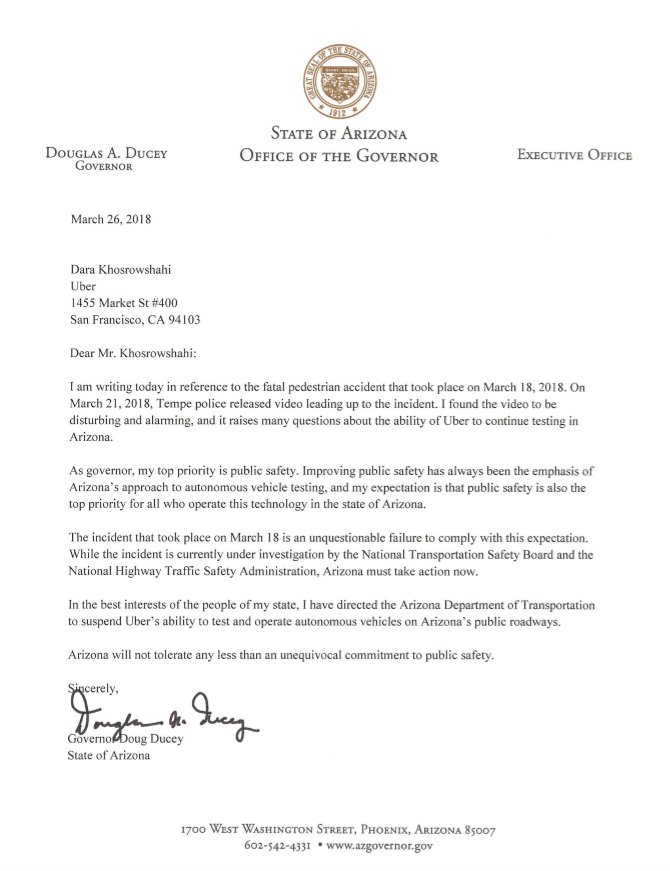Can we reduce "fake news" with anonymous group shaming?
Submitted by brad on Tue, 2018-04-03 13:21I have many things to discuss on the problem of "fake news" (which is to say, deliberately constructed false reports aimed to be spread to deceive) and the way it spreads through social media. This hot topic, seen as one of the largest threats to democracy to ever arise -- especially when combined with automated microtargeting of political propaganda -- is causing people to clamour for solutions.




 In particular, I want to examine what could go wrong at any of these points, and what is not likely to go wrong.
In particular, I want to examine what could go wrong at any of these points, and what is not likely to go wrong.



